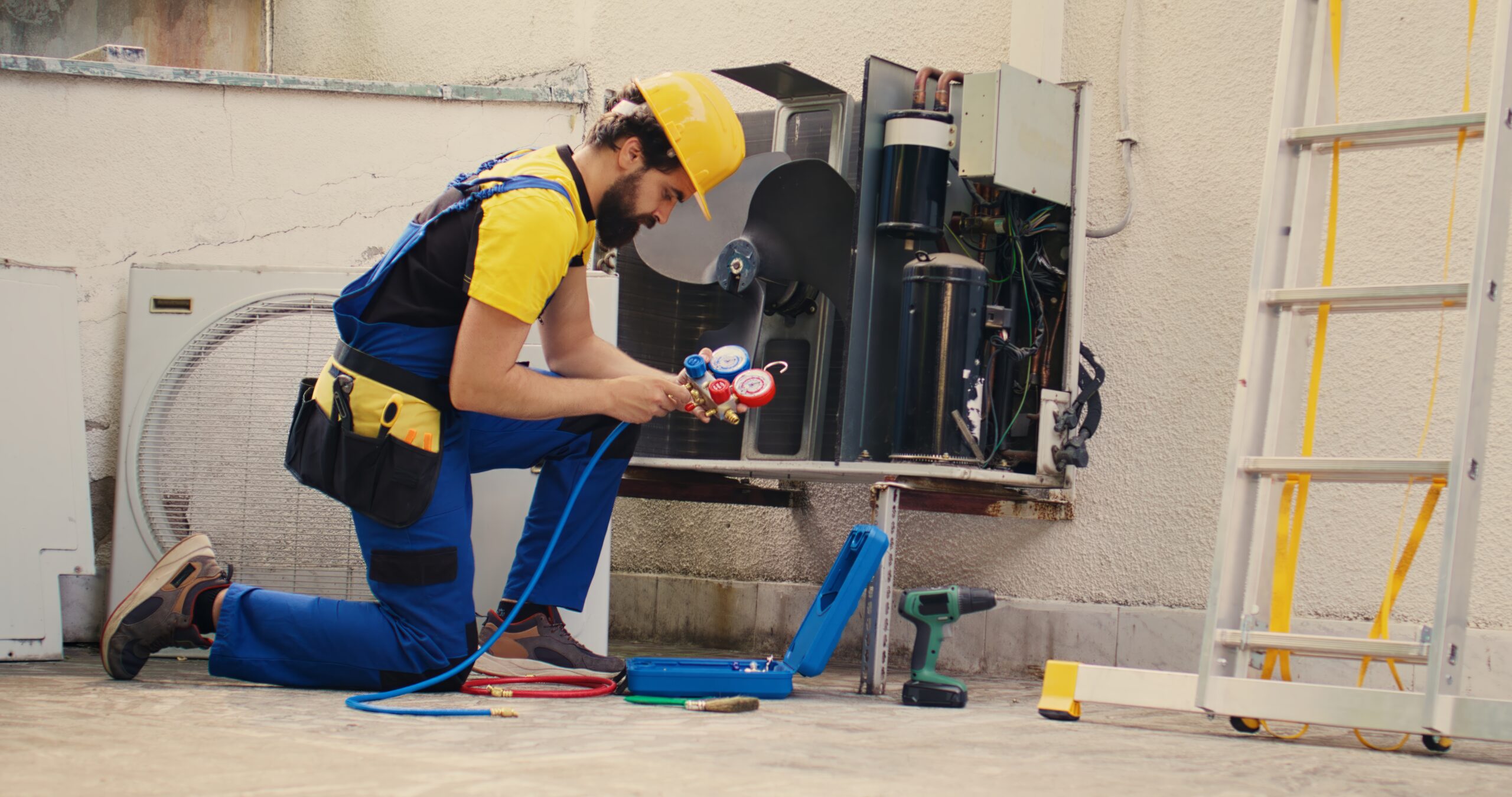While it’s normal to have fears about getting your teen help through residential treatment, you can also rest assured that many young adults have had great experiences working with therapists through family therapy and a residential treatment plan program. For things to think about if you’re considering sending your child to a program for mental health needs, read on.
1. Learn about therapeutic methods.

Not every teen treatment center works the same way. In fact, every residential treatment program has its own model and will practice a variety of therapies. Some centers specialize in behavioral issues and use CBT therapy, while others are talk therapy based and take a client-driven approach to their therapeutic modalities. Knowing the difference ahead of time and what might work best for your child is important.
Consider asking to speak to a member of the clinical team to understand the types of treatment plans any center you’re considering uses. Doing this ahead of time could make a big difference in how well your teenager responds to treatment. When calling around, keep an eye out for centers that specialize in the same problems your child is experiencing. For example, if anxiety is the biggest issue, there are centers dedicated to depression and anxiety in young adults.
2. Understand the rules ahead of time.

Each center will have different rules. Some centers take a holistic approach and are okay with family members visiting and even offer family therapy. Other centers are stricter and have strong guidelines when it comes to basic things like packing. Before bringing your child to treatment, be sure you understand what’s expected and what they can bring.
When packing for treatment, be sure to follow center guidelines, as they are set up to help protect your child and other teens in treatment. This may mean a little Googling for terms like “panties women” and “wireless bras.” While rules around what teenagers can wear for undergarments may seem strange, this is to protect your child or others experiencing suicidal ideation. When in doubt, don’t hesitate to ask about why certain rules are in place, as this may help steer you in the direction of what center will work for you and what won’t.
3. Develop a list of questions.

When picking the right treatment center for your teen, it can be helpful to come up with a list of questions. Whether your teen will be seeking treatment due to drug use or they need help with an eating disorder or long-term mental illness, you’ll have peace of mind if you get your questions answered before checking them into a facility.
4. Ask people you trust.

One great way to choose a center for your teen is to get a referral from their pediatrician. Asking their doctor, or even a therapist, who they recommend is a great way to start your search for the right fit. Be sure to ask about intensive outpatient programs as well. You might be surprised to learn that there are partial hospitalization programs where your teen could spend nights at home while still getting the intense services they need.
5. Trust your instincts.

You know your teenager best. The right fit for your kid might be different from someone else’s. If your teenager is willing, be open-minded about allowing them to help you in the process of picking a center that will work best for them. After doing your research, asking questions, and getting those referrals, the best thing you can do is get a therapist for yourself and trust the process. The reality is that there is hope for your teenager, and you’ve already made the right first step by being willing to trust the professionals.


















